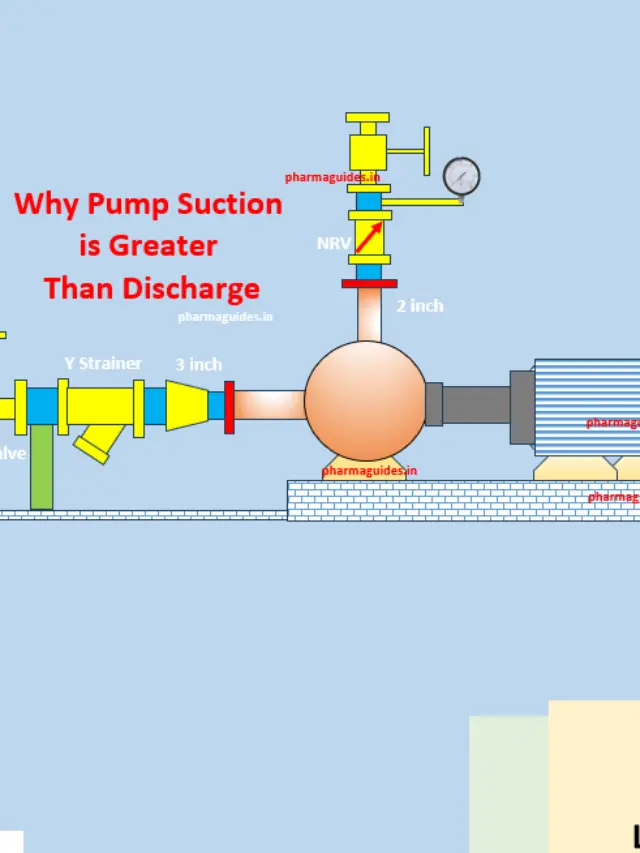Article Contents
Solar System Diagram
Illuminating the Solar System: Understanding the Solar System Diagram
The solar system, with its dazzling celestial bodies, has long captivated the human imagination. From the fiery ball of gas at its center, the Sun, to the distant planets, moons, and countless other celestial objects, our solar system is a fascinating subject of study and wonder. One of the most effective ways to comprehend the layout and relationships within our solar system is through a solar system diagram. In this article, we will explore the significance of solar system diagrams and how they provide a window into the celestial marvel that surrounds us.
The solar system is a captivating cosmic arrangement consisting of the Sun at its center and a family of celestial objects orbiting around it. This celestial congregation includes eight primary planets, categorized into terrestrial and gas giants, such as Earth and Jupiter. Moons, asteroids, comets, and other celestial debris also make up the system. Solar system diagrams visually represent these elements, enabling us to comprehend their relationships and relative sizes. These diagrams serve as essential educational tools, aid astronomers in their research, and guide space exploration missions. The solar system, with its celestial bodies and mysteries, continues to intrigue and inspire humanity.

The Solar System: A Cosmic Neighborhood
Our solar system consists of the Sun, the star at the center, and a retinue of celestial bodies that orbit around it. These bodies include planets, dwarf planets, moons, asteroids, comets, and other space debris. The most well-known celestial objects in our solar system are the eight primary planets, classified into two categories: terrestrial planets (Mercury, Venus, Earth, and Mars) and gas giants (Jupiter, Saturn, Uranus, and Neptune).
Top Solar Panel Manufacturers in India

The Value of Solar System Diagrams
Solar systems diagram are invaluable tools for understanding the arrangement of celestial objects within our cosmic neighborhood. These diagrams provide a visual representation of the solar system’s structure, offering insights into the relative positions, sizes, and orbits of planets, moons, and other space objects.
- Clarity and Comprehension: Solar system diagrams simplify the complexity of our celestial surroundings, making it easier for both scientists and enthusiasts to grasp the relationships and distances between celestial bodies.
- Educational Aids: In classrooms, observatories, and planetariums, solar system diagrams serve as powerful educational aids. They help students and the public gain a deeper understanding of our solar system’s dynamics.
- Astronomical Research: Astronomers use solar system diagrams as tools for planning and tracking celestial events. These diagrams help scientists observe planetary transits, eclipses, and other astronomical phenomena with precision.
- Space Exploration: For space agencies like NASA and ESA, solar system diagrams are instrumental in mission planning. They help navigate spacecraft and landers to their intended destinations.
Components of a Solar System Diagram
A typical solar system diagram consists of the following components:
- The Sun: Placed at the center of the diagram, the Sun is the brightest and most massive object in our solar system.
- Planets: Arranged in order of their distance from the Sun, planets are represented as circles or ellipses. Their relative sizes are accurately depicted to provide a sense of scale.
- Orbits: Arched lines, also known as orbits, depict the paths that planets follow around the Sun. These orbits are ellipses, showcasing the eccentricity of each planet’s path.
- Moons: Planets with moons have their natural satellites displayed in smaller circles around them. The arrangement of these moons is based on their orbits.
- Asteroids and Comets: Some solar system diagrams also include representations of asteroids and comets, though their small sizes make them harder to visualize accurately.
Conclusion
Solar system diagrams serve as windows into the intricate and awe-inspiring celestial dance that is our solar system. These visual representations allow us to appreciate the scale, arrangement, and complexity of our cosmic neighborhood. They aid astronomers in their research, educators in their teaching, and space agencies in their missions. Whether you’re a student, an astronomy enthusiast, or simply someone intrigued by the mysteries of space, exploring a solar system diagram can be a fascinating and enlightening experience. It’s a reminder of the beauty and vastness of the universe we call home.
Top solar panel manufacturers in india wikipedia
What is Meant By the Solar System
Name Two Objects Other Than Planets Which are Members of the Solar System













